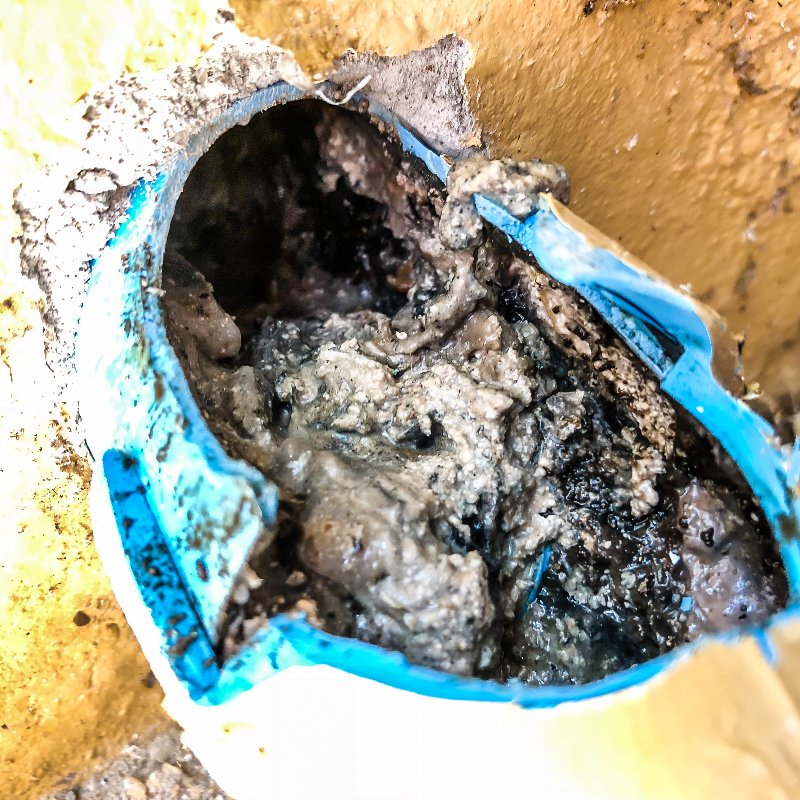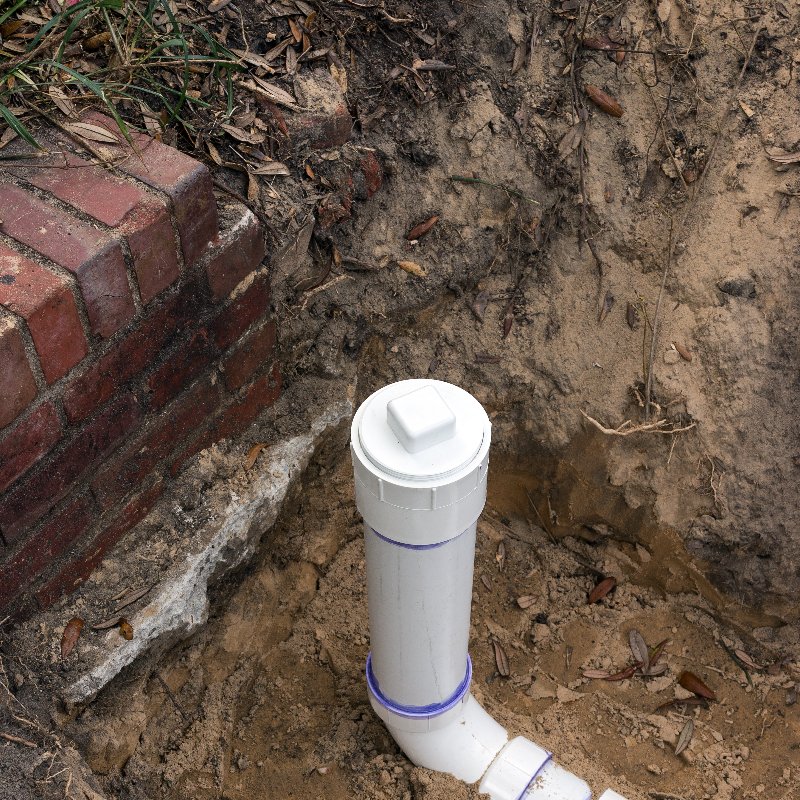
Inspecting Your Sewer
If you’re having problems with slow draining sinks, tubs, or toilets, you may need to have a sewer camera inspection, also referred to as a sewer scope inspection, done by a plumber. What is a sewer scope inspection? When you can’t determine what the problem is and the normal plunging method isn’t working, a sewer camera inspection is how a technician with sewer inspection companies looks inside your sewer line and see if there is anything clogging the sewer line.
What does a sewer inspection consist of?
A plumbing technician can perform a sewer camera inspection from a few different angles. But each angle will consist of the technician using specially designed sewer inspection equipment that consists of a camera on a flexible long cable and a laptop computer. This will enable them to see the inside of your drains and sewer line.
The different methods of how they perform this sewer camera inspection will depend on the access available. Those methods include:
- The technician will climb on the roof and enter the sewer camera and flexible cable through the vent stack that is located opposite where the sewer ends. From this vantage point, the inspector will have the ability to find any clogs or damage from start to finish.
- Another method for a sewer camera inspection is done from the sewer cleanout that is located near the house. The sewer line runs from there to the street, and while this doesn’t provide the best view, it typically is enough for the technician to find any clogs or damage.
- Another method a professional technician will use for a sewer camera starts with removing the toilet and inserting the sewer camera there. However, this is the least common method used.
The sewer camera inspection will take approximately 30 to 45 minutes. The equipment will record the inspection process and the technician will provide the homeowner with a report with their findings and recommendations. Pictures from the camera will usually follow up within a day or so.
How much is a sewer line inspection?
Plumbing and sewer camera inspection procedures cost can vary from city to city and company to company. It is recommended to call a few for estimates and for the plumbing contractor you choose, ask for recent references. A well-informed homeowner is the best customer.
How do I know if there are roots in my sewer line?
Every homeowner love having trees around their property, but the root system can do a lot of damage. Typically, tree roots are up to 3 times longer than the height of the tree. The bigger the tree, the deeper the roots.
The roots are what seek moisture and nutrients for the tree, so when there is any cracked sewer pipe that is leaking any humidity, the roots seek that pipe out and bust through it. As the tree root enters the pipe, they continue to grow and expand until the sewer pipe is filled and blocked. Here are 4 indicators you have tree roots in your sewer lines and should have a sewer inspection and cleaning done:
- Drains Empty Slow: When drains are emptying slowly, or the toilet is flushing slowly, gurgling sounds in the drain, are all a hint of tree root damage.
- Sinkholes: Sinkholes are normal for the most part, but they can also be an indicator you have tree roots in your sewer. A sewer camera inspection will find those tree roots and the plumber will make suggestions on what needs to be done to correct the problem.
- Blocked & Collapsed Pipes: Nothing is more inconvenient than a backed-up toilet, and if you’re lucky it is nothing more than a toy flushed down the toilet. However, it could be from tree roots busting into the sewer pipe.
- Bad Smells: If you’re noticing bad smells in your home or outside around it, it is likely from tree roots busted into the sewer lines. The smell is like rotten eggs and can’t be mistaken!
What does a septic inspection consist of?
A septic system performs gets basically the same result that sewer systems do but does it a little differently. A septic system should be inspected by a professional, and in most areas, it is required. They will locate the septic tank and assess the condition. They will inspect the distribution box and absorption area as well, making sure all waste is flowing properly.
All electrical and mechanical components of the septic system are inspected, cleaned and/or replaced, including the septic lines, filters, baffles, floats, pumps, and alarms.
How long does it take to do a septic inspection?
The process of a septic system inspection can take a little longer than a sewer camera inspection because most of it is done manually. Most sewer lines will take an hour to ninety minutes maximum unless the technician has issues.

In Closing
If you’re purchasing a property, whether it is on a sewer system or septic system, it is advised to have an inspection. If you’re financing the purchase, the mortgage company will typically require this inspection. After that, an annual inspection is recommended.

